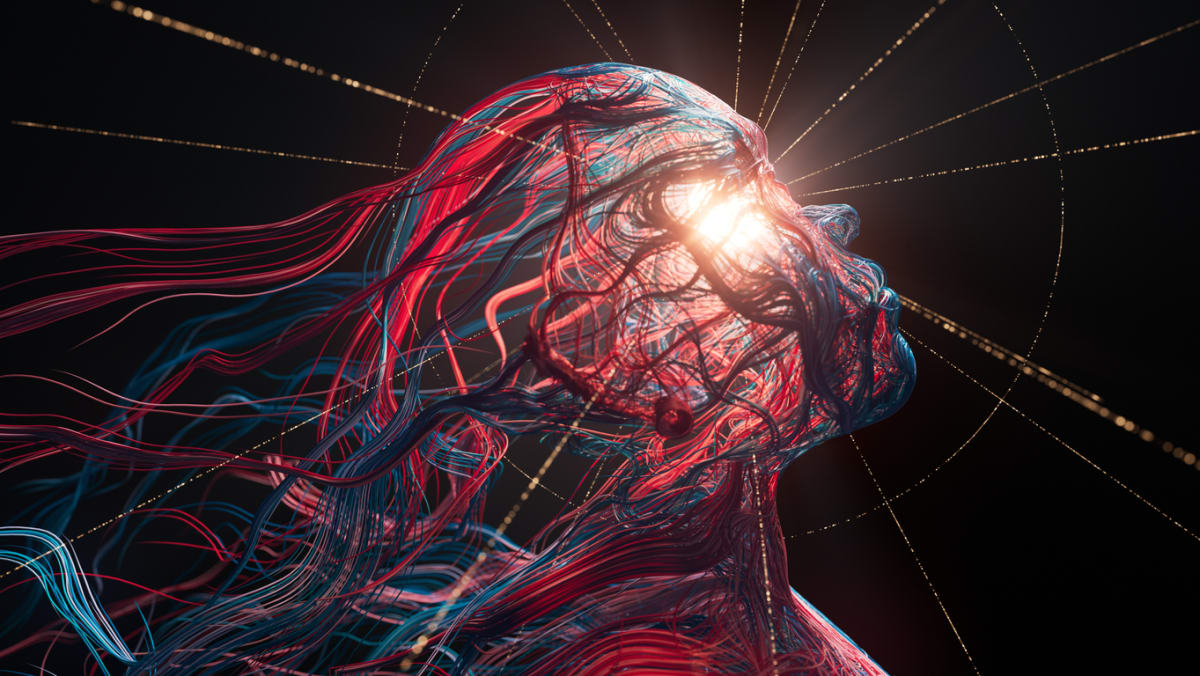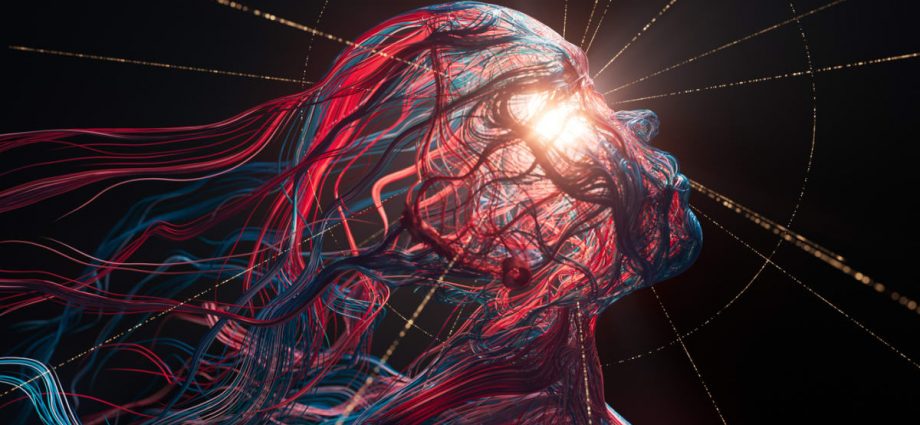
SINGAPORE: Have you heard of Lensa? If not, you have probably seen friends on the photo editing app, which uses artificial intelligence (AI) to turn selfies into cartoon characters and artsy avatars.
What about children’s book Alice and Sparkle by Ammaar Reshi, which was created using AI tools GhatGPT and Midjourney?
Both Lensa and Alice and Sparkle have sparked debate from conflicting perspectives and ideologies surrounding AI. However, this topic is not new. Even pop culture has carried the AI discourse in films such as Ex Machina, The Matrix and Star Wars.
In the realm of art and design, digital software and Internet technology were already blooming in the 1990s, where artists leveraged AI by using automated run programming in looping commands to generate random shapes on screen to render digital artworks.
In present day, Narrow AI, a specific type of artificial intelligence, is designed to execute repetitive, specific and complex tasks to cut down time and manpower like data searches, facial recognition and driving a car.
Evolving from Narrow AI to General AI, the technology can comprehend, learn, and perform intellectual tasks much like humans. General AI makes it possible for more cognitive tasks to be performed, such as chatbots, investment tools, virtual characters, and art generators.
With AI permeating facets of our daily lives, this inevitably leads to deeper discussions on whether AI is challenging the value of human artists.
The fact is, the world is in constant change and AI could possibly replace humans in most jobs. Tesla co-founder Elon Musk has repeatedly warned that AI could one day outsmart humans and endanger us, citing AI as one of the biggest threats to civilisation.

